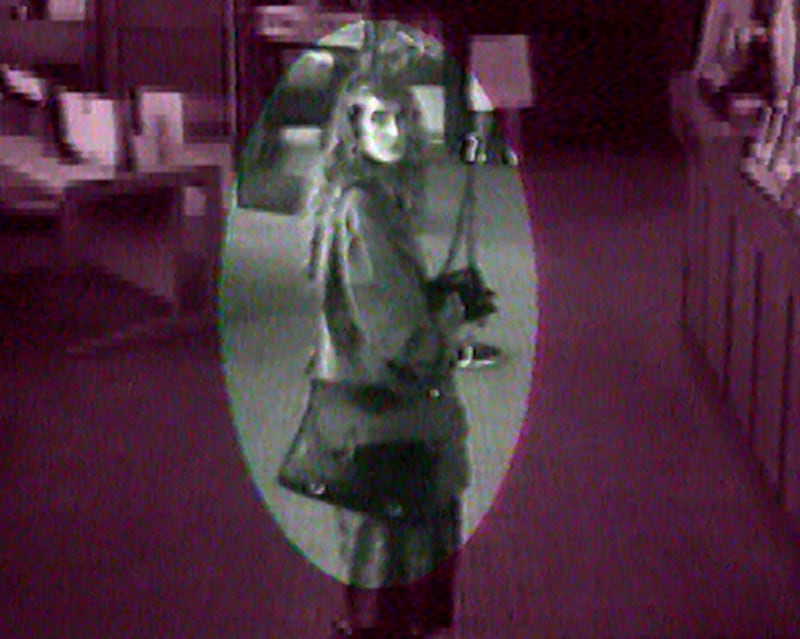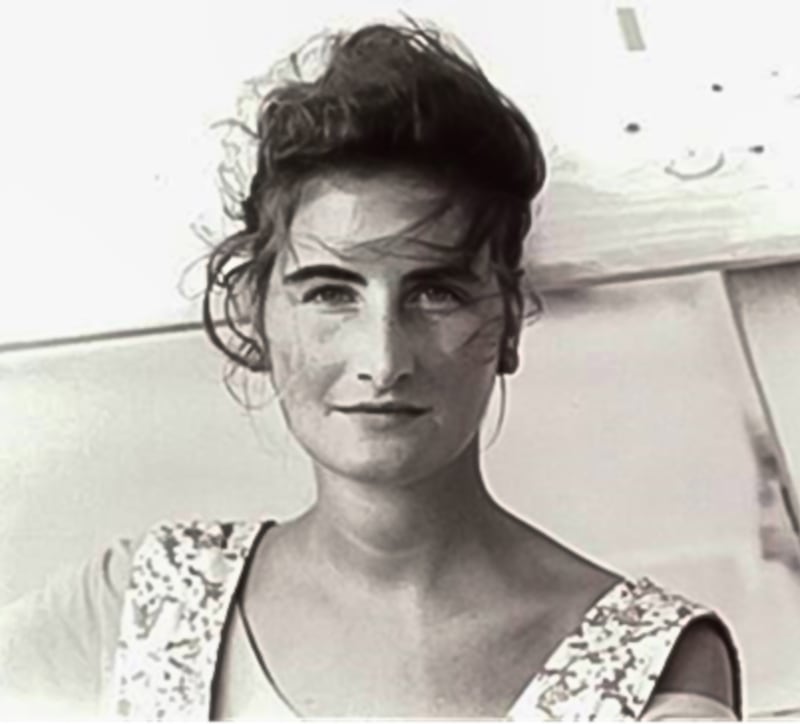The upgrading of the Annie McCarrick case from a missing persons inquiry to a murder investigation has occurred at the same time two men are being examined as suspects. The focus on those men is part of the Garda inquiry shifting from sites in Enniskerry, Co Wicklow, and Glencullen, Co Dublin, back to Sandymount in Dublin 4.
Ms McCarrick, a New Yorker, was aged 26 when she vanished in 1993. She lived in Sandymount and worked as a waitress in nearby Donnybrook and at another business, on Leeson Street in the south inner city. She had initially come to Ireland to study in 1987 and was a student in Maynooth University, Co Kildare, and St Patrick’s College, Drumcondra, north Dublin.

The only child of John and Nancy McCarrick from Long Island, she later went back to the United States for further studies but returned to Ireland in early 1993 and planned to stay long term. On the morning of Friday, March 26th, of that year she was captured on CCTV in the AIB branch in Sandymount. Ms McCarrick also bought groceries that day and brought them back to the shared apartment she lived in, leaving the food still in its bags in the property.
Then nothing was ever heard from her again. When friends called to her apartment for dinner the following evening she was not there. They were concerned for her and she was very quickly reported missing.
READ MORE
Soon, claimed sightings of her emerged. One put her on a bus travelling in the direction of Enniskerry, Co Wicklow, on the day she vanished. Another sighting placed her in Enniskerry buying stamps that day. What appears to be a fresh sighting – in Poppies cafe, Enniskerry, on the day she vanished – emerged in an RTÉ One documentary on Monday, Missing: Beyond the Vanishing Triangle. Another sighting placed Ms McCarrick in Johnnie Fox’s pub, Glencullen, about 6km from Enniskerry, on the night of March 26th.
[ Two men now being investigated as suspects in Annie McCarrick murder inquiryOpens in new window ]
However, Garda sources said the investigation team long doubted the sighting in Johnnie Fox’s. They believed the person who reported it did so in good faith, and in a genuine effort to aid the investigation, but was mistaken. While the reported sighting of Ms McCarrick buying stamps was examined, it was never confirmed.
One source described the sighting in Poppies cafe as “unknown”, saying he did not believe that was known to the investigation team in 1993, though he conceded he was not certain. Several gardaí familiar with the inquiry down the years said no information had ever emerged to prove Ms McCarrick was in Enniskerry on the day she vanished, adding that the Johnnie Fox’s sighting had been discounted.
When the sightings in Enniskerry and Glencullen emerged immediately after Ms McCarrick went missing, those locations became the focus of Garda and public attention. The areas were canvassed for information and search parties were deployed to look for Ms McCarrick or any trace of her.
However, the investigation is now firmly focused on Ms McCarrick’s life in Sandymount and other locations in central Dublin. The CCTV images of her from the AIB in Sandymount are now regarded as the last sighting of the murdered woman.

Gardaí are poring over the statements given to detectives in 1993 by two men now being treated as suspects. The examination of those men will involve them being interviewed and other people, who supplied alibi information for them, also being contacted and spoken with. However, no findings have been arrived at about those men and gardaí still do not know where, how or by whom Ms McCarrick was killed and her remains concealed.
Though the killing remains a mystery, the investigation into it has now been boosted by its upgrading to a murder investigation. That move brings a wide range of added resources – including technical analysis and forensic techniques – previously not applied to the case and not in existence in 1993.
[ Stolen Lives: 239 violent deaths of women in Ireland from 1996 to todayOpens in new window ]
In the RTÉ One documentary on Monday night it emerged friends of Ms McCarrick had sent faxes to Dublin in 1993 outlining concerns. They set out information they believed should be explored by gardaí investigating her disappearance.
Ms McCarrick had confided in her US-based friends that a man she had relations with in Dublin had struck her in a drunken state and she believed he was harassing or stalking her. In the RTÉ One documentary, concern was expressed by one of Ms McCarrick’s friends, Linda Ringhouse, that she never heard anything from the Garda about the faxes. She was unsure if they had reached gardaí and their contents investigated.
Some retired Garda members told the programme makers they did not believe the faxes were ever received by the investigation team. However, other sources have told The Irish Times gardaí were aware at the time Ms McCarrick disappeared that she had allegedly been assaulted by a man known to her in Dublin.
The sources said that man’s name had been supplied to them in 1993 and that gardaí had discussed this man, several times, with Ms McCarrick’s father when he was in Dublin. The man was located and spoken to in 1993, the Garda sources said, and nothing was found in to link him to Ms McCarrick’s disappearance.













